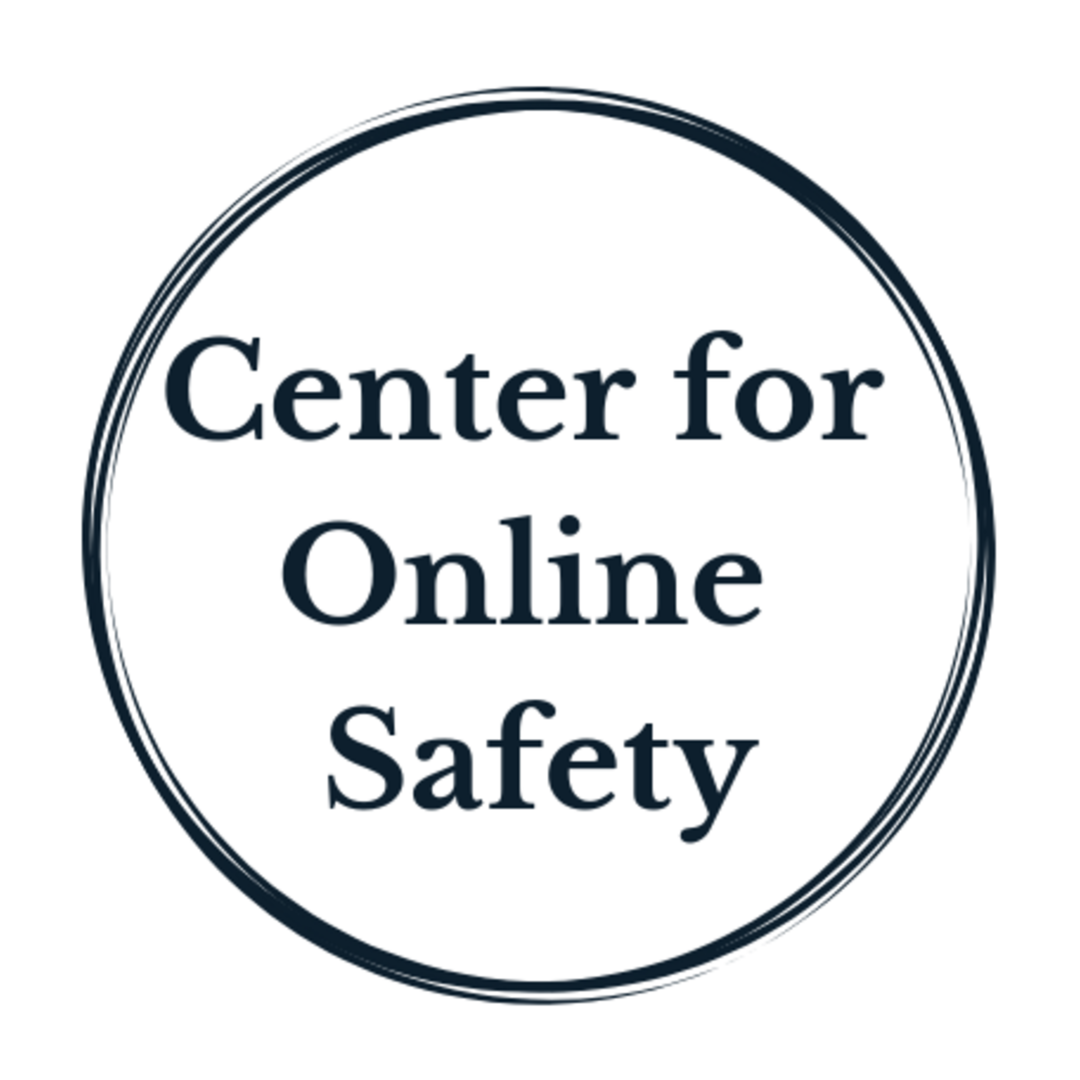Tech Tip #3 Cyberbullying - Is Your Child Involved?/ Consejo tecnológico #3: Ciberacoso – ¿Está su hijo/a involucrado?
Click here to read previous newsletters https://www.centerforonlinesafety.com/tech-tips
Cyberbullying: Is Your Child Involved?
Even kind, well-adjusted kids can get pulled into online drama. And when group chats or gaming get heated, things can spiral fast.
A parent recently asked:
“My son’s friend was bullied online last year. How do I make sure my kid doesn’t get caught up in something like that?”
Great question. Let’s break it down.
Red Flags for Cyberbullying
Cyberbullying isn’t always obvious. It can show up as:
Harassment – cruel messages, threats, or taunts
Exclusion – being purposely left out of chats or games
Impersonation – pretending to be someone else to cause harm
Cyberstalking – constant online tracking or intimidation
Watch for signs like:
Hiding their screen when you walk in
Mood swings or sudden withdrawal from friends or school
Avoiding apps or games they once loved
Seeming anxious, angry, or sad after being online
Changing friend groups
What Parents Can Do
Start with curiosity, not judgment. Try: “What would you do if a friend was being picked on in a group chat?”
Set clear digital guardrails. Use tools like parental controls—but don’t stop there. Stay engaged.
Make a plan—together:
Take screenshots
Block/report the person
Tell a trusted adult
Don’t retaliate
Don’t delete the evidence
Teach Them to Be an Upstander
An upstander is someone who takes action to stop bullying, instead of silently watching (that’s a “bystander”). Instead of watching in silence, your child can:
Send support privately to the person being targeted
Speak up safely in the group
Report what’s happening to you, a teacher or another trusted adult
Family conversation starter:
If you were being bullied or wanted help being an upstander, who are 2 trusted adults you could go to for help? (parents, relatives, coach, teacher, religious leader, etc)
Learn more about cyberbullying prevention by clicking the button below stopbullying.gov/cyberbullying/prevention
Consejo tecnológico #3: Ciberacoso – ¿Está su hijo/a involucrado?
Haga clic aquí para leer boletines anteriores:
https://www.centerforonlinesafety.com/tech-tips
Ciberacoso: ¿Está su hijo/a involucrado?
Incluso los niños/as amables y bien adaptados pueden verse envueltos en dramas en línea. Y cuando los chats en grupo o los videojuegos se intensifican, las cosas pueden salirse de control rápidamente.
Un padre preguntó recientemente:
“El amigo de mi hijo fue acosado en línea el año pasado. ¿Cómo puedo asegurarme de que mi hijo no se vea atrapado en algo así?”
Excelente pregunta. Vamos a analizarlo.
Señales de alerta de ciberacoso
El ciberacoso no siempre es evidente. Puede aparecer como:
Acoso: mensajes crueles, amenazas o burlas.
Exclusión: dejar a alguien fuera de chats o juegos a propósito.
Suplantación de identidad: hacerse pasar por otra persona para causar daño.
Ciberacoso persistente: seguimiento o intimidación constante en línea.
Esté atento a señales como:
Ocultar la pantalla cuando usted entra.
Cambios de humor o aislamiento repentino de amigos o la escuela.
Evitar aplicaciones o juegos que antes disfrutaba.
Mostrarse ansioso, enojado o triste después de estar en línea.
Cambiar de grupo de amigos.
Qué pueden hacer los padres
Comience con curiosidad, no con juicio. Por ejemplo:
“¿Qué harías si un amigo estuviera siendo molestado en un chat grupal?”Establezca límites digitales claros. Use herramientas como controles parentales, pero no se quede ahí: manténgase involucrado.
Hagan un plan — juntos:
Tomar capturas de pantalla.
Bloquear/reportar a la persona.
Informar a un adulto de confianza.
No responder con venganza.
No borrar la evidencia.
Enséñeles a ser un defensor activo
Un defensor activo es alguien que toma acción para detener el acoso, en lugar de quedarse en silencio (eso sería un “espectador”).En lugar de mirar en silencio, su hijo puede:
Enviar apoyo en privado a la persona que está siendo atacada.
Hablar con seguridad en el grupo.
Informar lo que está sucediendo a; usted, a un maestro o a otro adulto de confianza.
Tema de conversación en familia
Si estuvieras siendo acosado o quisieras ayuda para ser un defensor activo, ¿a qué 2 adultos de confianza podrías acudir? (padres, familiares, entrenador, maestro, líder religioso, etc.)
Aprenda más sobre la prevención del ciberacoso haciendo clic en el siguiente enlace:
